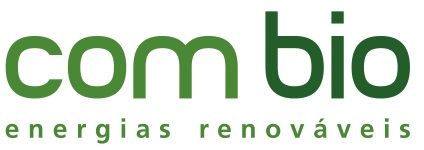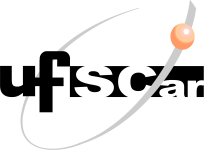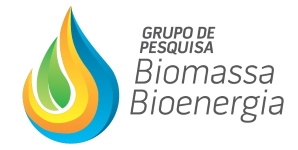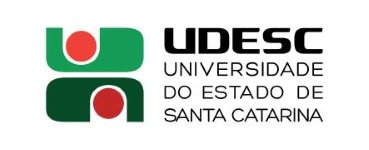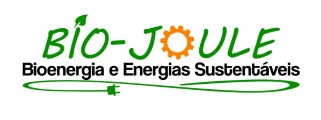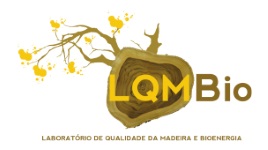CONTROL OF REACTIVITY FLOWS FOR THE REDUCTION OF ELECTRIC LOSSES IN THE TRANSMISSION OF ENERGY IN SUGARCANE MILLS
03 - Bioenergy: Economy, Market and Policy
 1 FELIP DOS SANTOS XAVIER, 1 FREDERICO SILVA MOREIRA
1 FELIP DOS SANTOS XAVIER, 1 FREDERICO SILVA MOREIRA
1 UNIVERSIDADE FEDERAL DE MATO GROSSO DO SUL
The sugar-energy industries, for the most part, are energy exporters because they produce their own energy for consumption and sell the surplus. These industries demand high inductive reactive power, mainly due to their electric motors and transformers. The control of the reactive flow between the generators of the plant and the connection system allows to reduce electrical losses by joule effect in the transmission of energy. The study was carried out at the Iaco Agrícola S / A plant, located in Mato Grosso do Sul, in the municipality of Paraíso das Águas. In addition to the reduction of electrical losses, another reason for the study was to propose the standardization of the operation of the generators in industries of this sector, avoiding that the machines work underexcited. This abnormal operation condition, which can cause damage to the machine due to overheating imposed on the stator windings, rotor body, retaining rings and other ends of the stator core, can lead the electrical system to instability and even to a collapse due to the sinking of the voltage caused by the absorption of reactive power of the system by the underexcited generator. It can also cause over-excitation of neighboring machines, which will try to supply the demand for reactive power requested by the undercurrent generator. For a synchronous generator connected to the electric power system to operate in a convenient way, it is necessary to know the limits within which it can operate without risks to its integrity or useful life. These limits are generally provided by manufacturers and are determined by turbine power, field excitation, stability limits, and thermal conditions of the generator. With the capacity curve of each machine in hand, it was possible to determine the amount of reactives they can supply or absorb without changing their active power generation, which is their main function. The transmission system was modeled in ANAREDE software, with the maximum active power generation of each machine, the maximum active and reactive power consumption of the plant, the maximum reactive power consumption of the transformers and the reactive power supply of the line. The two modes of operation were compared, one with the machines operating in the underexcitation region and another in the overexcitation region. The same philosophy was adopted in practice, effectively acting on the voltage controllers of the machines and on the TAPs of the elevating transformers, allowing the theoretical verification of this study. The result was the reduction of the electric current in 15 Amperes in the transmission line, meaning the gain of 0.2MWh of production, totaling in one month approximately 143,5MWh of energy sold. It was verified, therefore, that the control of the reactive flow will bring technical and economic benefits to the plant, as well as a standardization of operation.
Keywords: power flow, voltage control, sugar-energy industries
